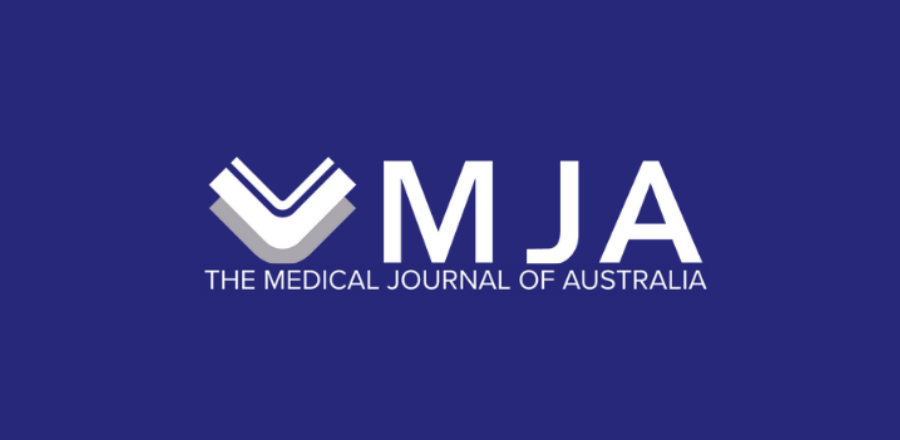Artificial intelligence has the potential to transform medicine
The MJA this week looks at the future role for AI in Australia’s healthcare.

The AMA’s journal — the Medical Journal of Australia (MJA) — this week looks at the barriers and possibilities for artificial intelligence (AI) in Australia’s healthcare system.
AMA President Professor Steve Robson told the MJA artificial intelligence has the potential to transform medicine.
“For several years now, AI software applications have been introduced to assist with image recognition and, increasingly, with decision-support,” Professor Robson said.
“Interpreting medical scans can be challenging for even the most experienced specialists, and the stakes are high. Missing an important diagnosis, such as an early cancer or a subtle bone fracture, can have serious consequences for patients.
“The use of AI to assist radiologists as they work to read multiple images has been shown to enhance accuracy and improve outcomes for patients. AI is so powerful in its capabilities that it may detect subtle changes in human tissues that elude the human eye.”
“The technology also has the potential to change pathology services, such as the diagnosis of cancer. At a time when the pathology workforce is under great pressure, the introduction of AI technologies that act as a co-pilot and assist the pathologist in dealing with high workloads will be attractive to health services,” Professor Robson said.
In other recent media on AI Professor Robson warned that “we are about to see the start of a quiet revolution that will, in the long run, be almost as transformative as the introduction of technologies such as antibiotics, blood banking and safe anaesthesia”.
“If we are to harness its power for the greatest good, then we need to ensure it is a safe and trustworthy co-pilot in human health care, and never takes over the controls.”
Last August, the AMA published its first position statement on AI, outlining the need for regulation to be put in place before the widespread use of the technology in healthcare.



